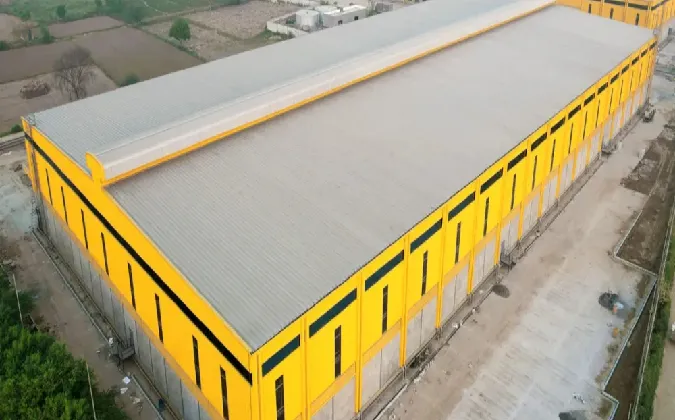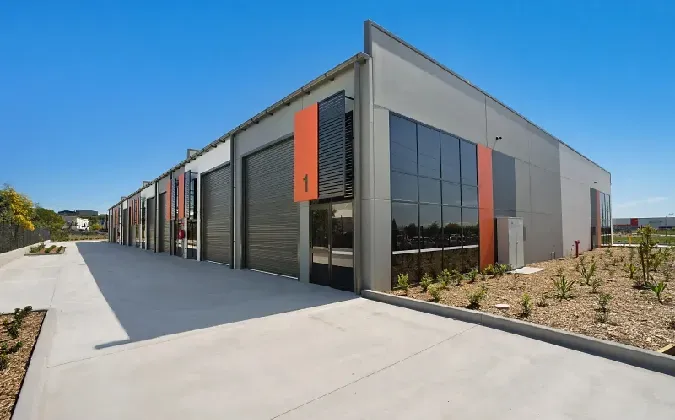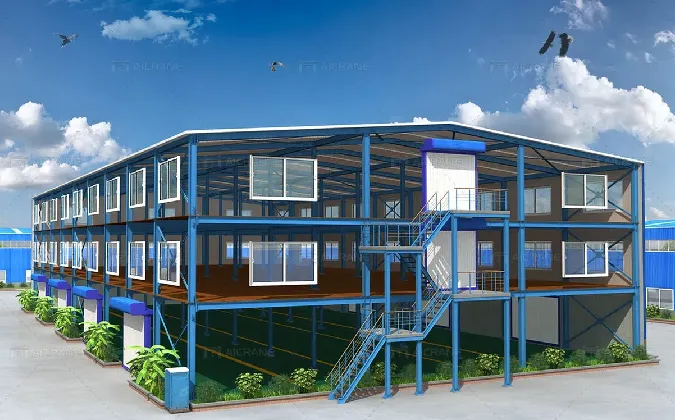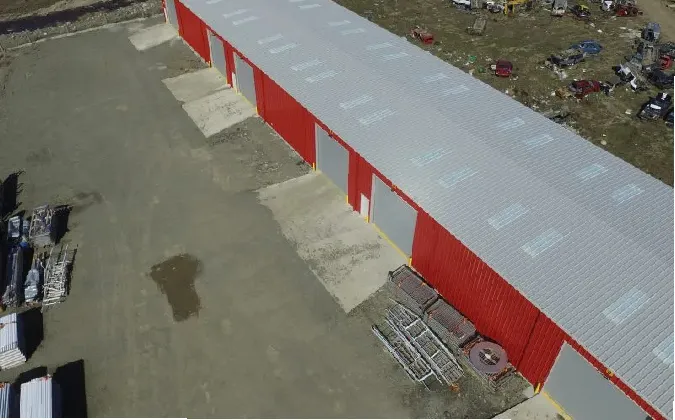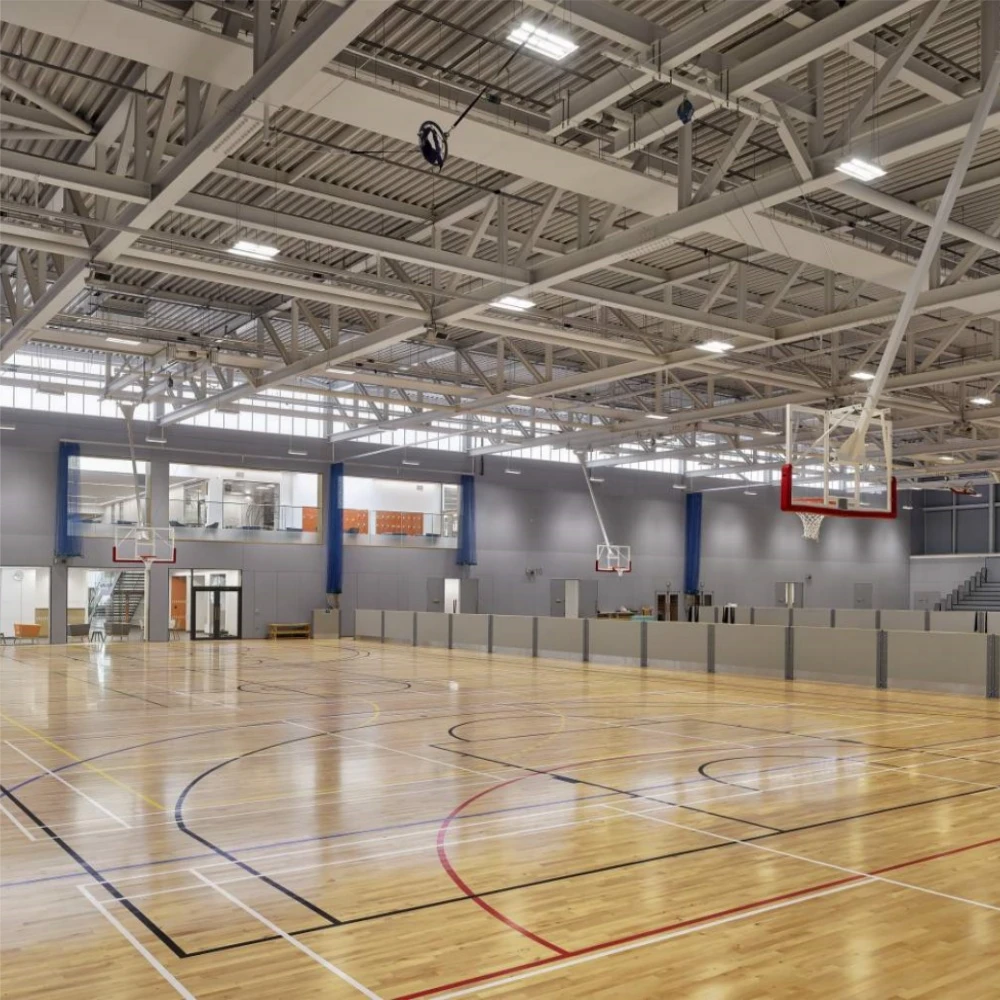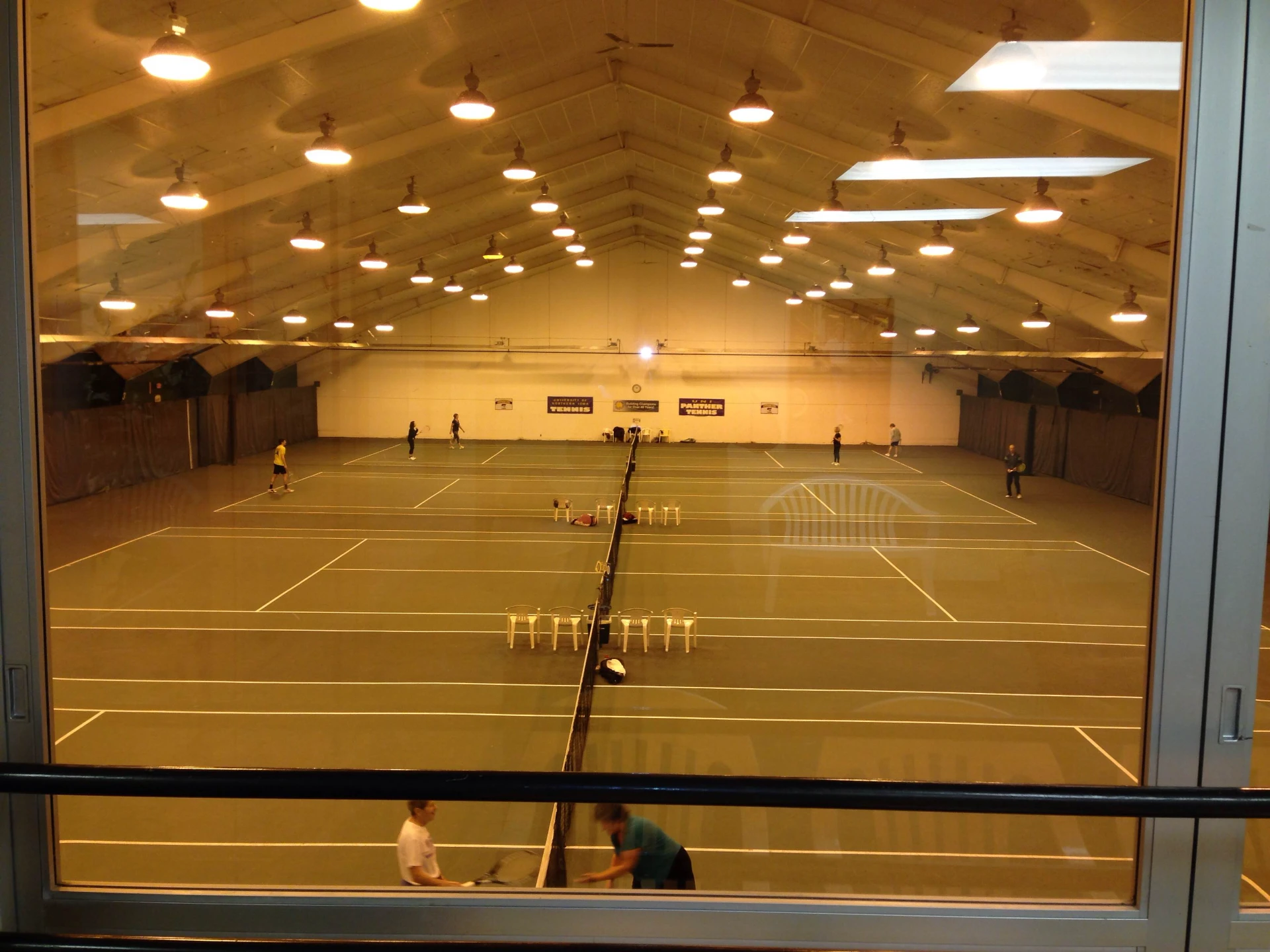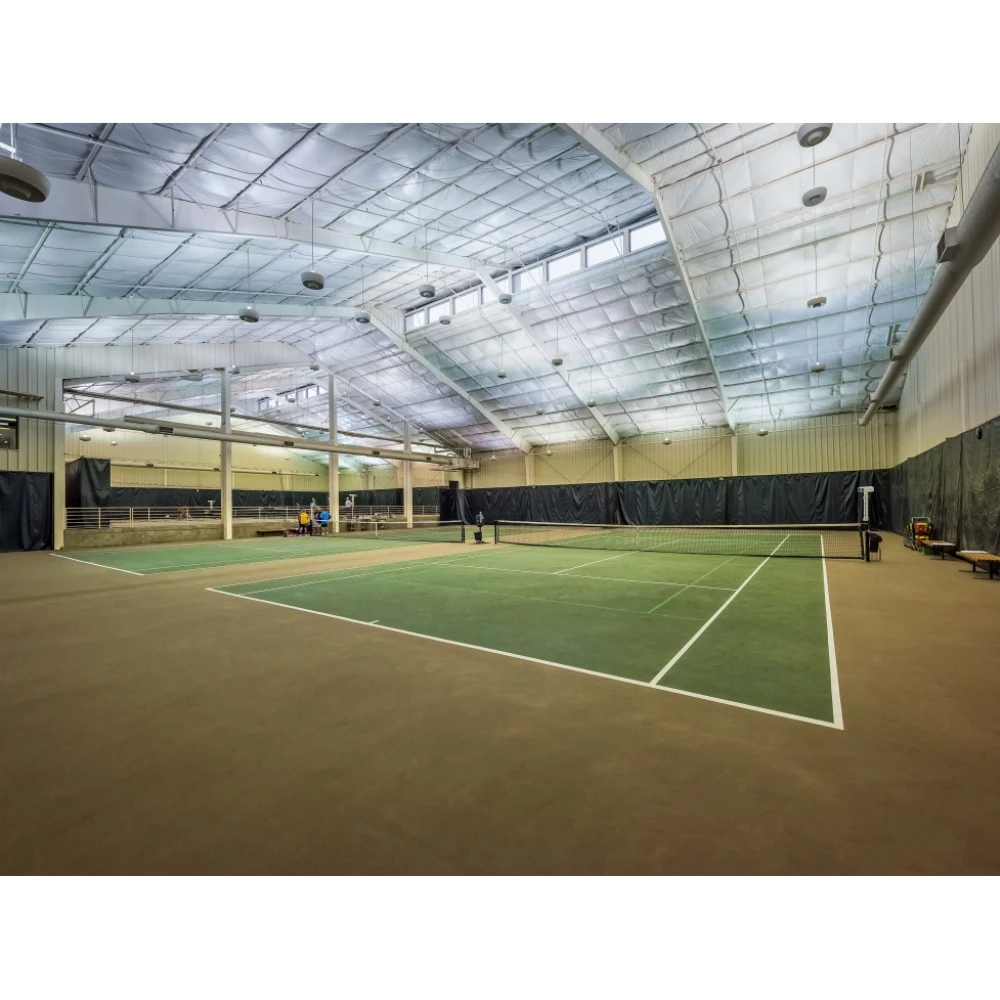- Afrikaans
- Albanian
- Amharic
- Arabic
- Armenian
- Azerbaijani
- Basque
- Belarusian
- Bengali
- Bosnian
- Bulgarian
- Catalan
- Cebuano
- Corsican
- Croatian
- Czech
- Danish
- Dutch
- English
- Esperanto
- Estonian
- Finnish
- French
- Frisian
- Galician
- Georgian
- German
- Greek
- Gujarati
- Haitian Creole
- hausa
- hawaiian
- Hebrew
- Hindi
- Miao
- Hungarian
- Icelandic
- igbo
- Indonesian
- irish
- Italian
- Japanese
- Javanese
- Kannada
- kazakh
- Khmer
- Rwandese
- Korean
- Kurdish
- Kyrgyz
- Lao
- Latin
- Latvian
- Lithuanian
- Luxembourgish
- Macedonian
- Malgashi
- Malay
- Malayalam
- Maltese
- Maori
- Marathi
- Mongolian
- Myanmar
- Nepali
- Norwegian
- Norwegian
- Occitan
- Pashto
- Persian
- Polish
- Portuguese
- Punjabi
- Romanian
- Russian
- Samoan
- Scottish Gaelic
- Serbian
- Sesotho
- Shona
- Sindhi
- Sinhala
- Slovak
- Slovenian
- Somali
- Spanish
- Sundanese
- Swahili
- Swedish
- Tagalog
- Tajik
- Tamil
- Tatar
- Telugu
- Thai
- Turkish
- Turkmen
- Ukrainian
- Urdu
- Uighur
- Uzbek
- Vietnamese
- Welsh
- Bantu
- Yiddish
- Yoruba
- Zulu
Aug . 21, 2024 06:25 Back to list
The Rise of Steel in Office Building Construction
In the contemporary architectural landscape, steel has emerged as a fundamental material in the construction of office buildings. Its unique properties and versatility not only contribute to the structural integrity of modern constructions but also enhance the aesthetic appeal of urban environments. As cities continue to grow and evolve, the demand for durable, sustainable, and efficient office spaces is more critical than ever, making steel the go-to choice for developers and architects alike.
The Rise of Steel in Office Building Construction
Beyond strength, steel offers exceptional durability and resistance to various environmental challenges. Unlike wood, which is susceptible to rot and pests, or concrete, which can crack under shifting pressures, steel remains unaffected by these common issues. Moreover, modern steel can be treated to withstand weather extremes, resist corrosion, and endure seismic activities, making it a reliable choice for office buildings situated in diverse geographical locales. This durability translates into lower maintenance costs over the building's lifespan, aligning with the increasing demand for sustainable and economically viable construction practices.
steel office building
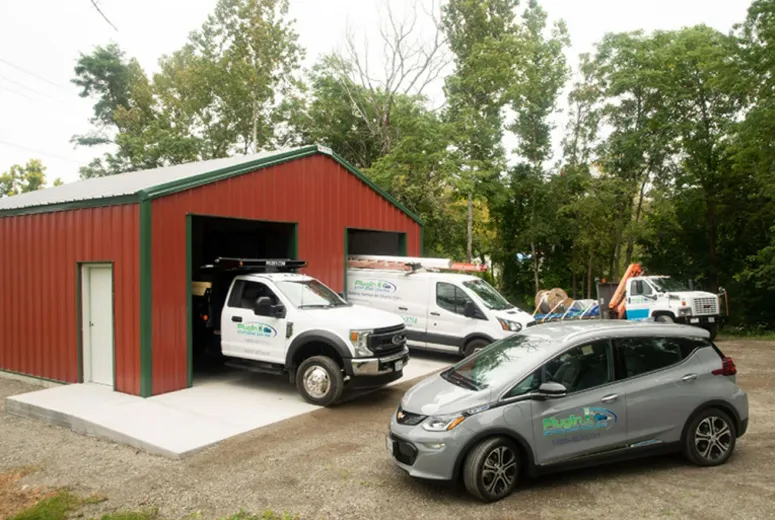
Sustainability is another pivotal factor driving the use of steel in office buildings. As the world faces the urgent need to combat climate change, architects and developers are increasingly prioritizing materials that minimize ecological impact. Steel is 100% recyclable, meaning that it can be repurposed without loss of quality, significantly reducing waste in the construction and renovation processes. Many office buildings today incorporate recycled steel as a primary material, contributing to a circular economy and minimizing the extraction of virgin resources. The ability to re-list steel minimizes the ecological footprint of new constructions, aligning with modern green building standards and certifications such as LEED (Leadership in Energy and Environmental Design).
In addition to its physical properties, steel enables a flexible design approach that encourages innovation and creativity. Steel structures can be easily adapted to create open floor plans, high ceilings, and large windows that invite natural light, fostering a productive and inviting workspace. This design flexibility enhances the overall function and aesthetic appeal of office environments, catering to the evolving needs of modern businesses that seek adaptable and inspiring spaces.
Furthermore, the speed of construction using steel cannot be overlooked. Unlike traditional building methods, which can be labor-intensive and time-consuming, steel components can be prefabricated off-site, allowing quicker assembly on location. This efficiency is invaluable in meeting tight deadlines and responding to the rapidly changing demands of the real estate market.
In conclusion, the integration of steel in office building construction represents a significant advancement in architecture and engineering. Its unmatched strength, durability, sustainability, design flexibility, and construction speed make it an ideal choice for developers seeking to create innovative and resilient office spaces. As urbanization continues to expand and evolve, the use of steel in office buildings will undoubtedly play a crucial role in shaping the cities of the future, harmonizing functionality with modern design and sustainability. The future of office buildings is not just steel-framed; it is a symbol of progress and innovation in a world that increasingly values efficient and sustainable construction practices.
-
How Do Prefabricated Steel Structures Transform Modern Construction?
NewsJul.14,2025
-
How Do Prefabricated Metal Buildings Redefine Modern Construction?
NewsJul.14,2025
-
How Do Prefab Insulated Metal Buildings and Steel Structures Revolutionize Modern Construction?
NewsJul.14,2025
-
How Do Pre - Engineered Steel Structures Redefine Modern Construction?
NewsJul.14,2025
-
Advancing Modular Construction with Prefabricated Metal Structures
NewsJul.14,2025
-
Advancing Industrial Infrastructure with Prefabricated Steel Solutions
NewsJul.14,2025
Products categories
Our Latest News
We have a professional design team and an excellent production and construction team.






